Progress Monitoring and
Formative Assessment
Accelerate Student Learning with
Next-Gen Progress Monitoring

Ensure ongoing student progress with real-time data
For students with disabilities and students at any MTSS/RTI Tier, LGL’s progress monitoring process is composed of five steps.
Step 1: LGL diagnostics analyzes and identify each individual student’s learning gaps and present levels (PLAAFP).
Step 2: IEP teams develop individualized education programs (IEPs) using LGL narratives, diagnostic data, and alignments to standards.
Step 3: LGL system assigns specially designed instruction (SDI) for students with disabilities and/or in intervention at their zone of proximal development. Teachers can always self-select lesson assignments.
Step 4: LGL provides progress monitoring with pre-built skills and concepts quizzes and tests. Teachers queue them up and the data automatically overlays onto the original dataset.
Step 5: LGL curriculum also provides ongoing progress monitoring, tracking student academic performance from the initial evaluation. No data collection required by teachers.

The Big 3: Every Progress Monitoring Process
Has to Answer These Three Questions
What are the end-of-year learning goals for each student?

What has each student already mastered?
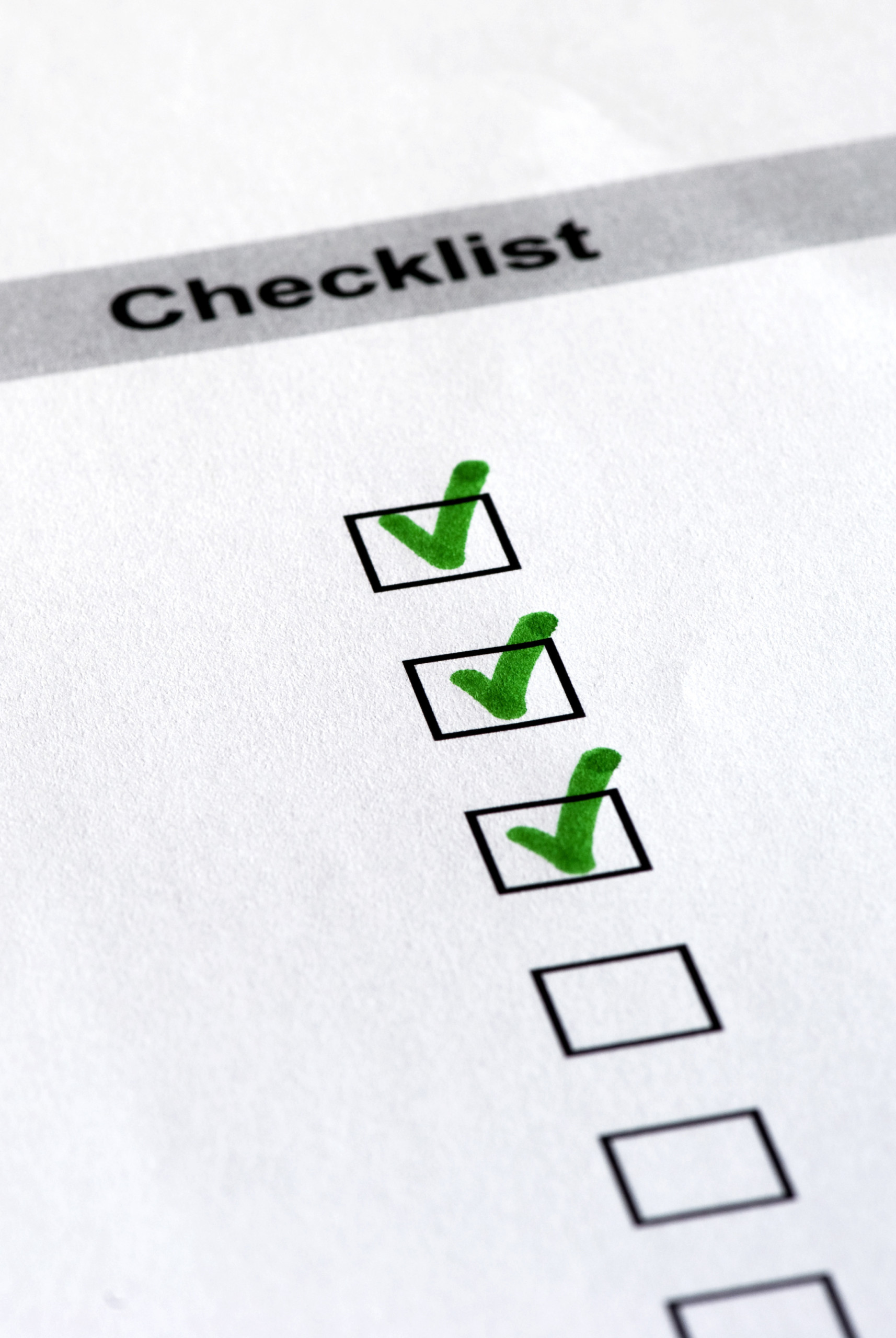
What does each student need to get to the next step?
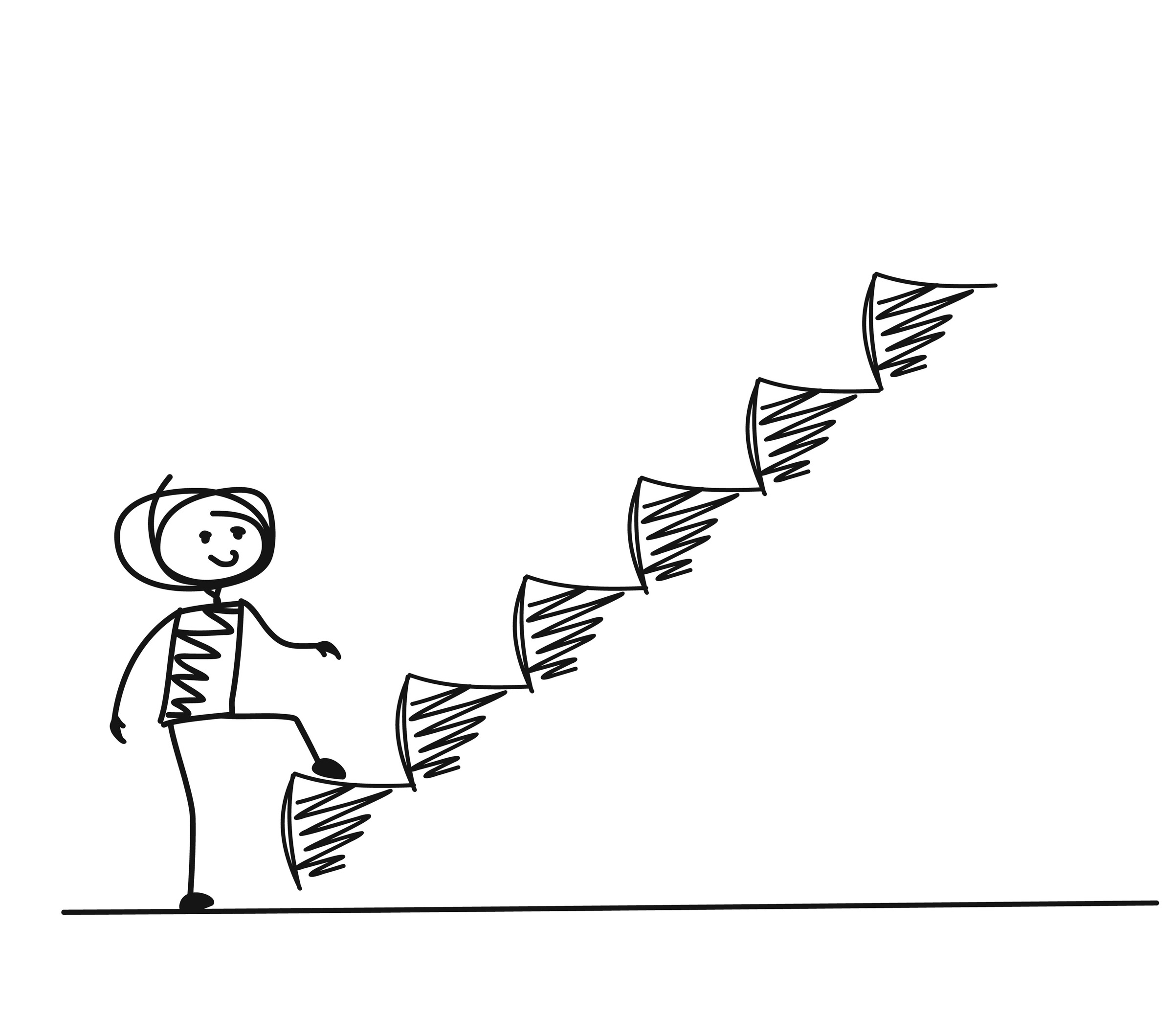
Let’s Go Learn Answers “YES!” to All Three
What are the end-of-year learning goals for each student?
- Our online adaptive diagnostic assessments, DORA (ELA/Reading) and DOMA (math), align to state learning standards for each grade level. These assessments provide an initial benchmark and set the foundation for all progress monitoring measures.
- DORA and DOMA are used again as progress monitoring tools at mid-year and end-of-year to track student growth and rate of improvement.
- Progress monitoring using formative assessments identifies each student’s actual rates of learning with continuous feedback to guide instructional decisions and student mastery of grade-level standards.
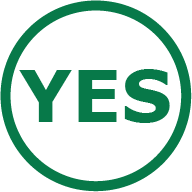
What has each student already mastered?
- Our diagnostic assessments analyze student learning gaps to ensure that teachers can gauge the effectiveness of current instruction.
- Our data management system provides easy-to-use progress reports that precisely indicate each student’s performance level, even when it is 3 or more years below grade level.
- Teachers can queue pre-built skill quizzes and single-topic diagnostic assessments to ensure frequent feedback on progress toward goals.
- The data management system also uses real-time tracking and progress reports so teachers can adapt instructional strategies to current student performance level.

What does each student need to get to the next step?
- Our online curriculum lessons provide effective instruction at each student’s Zone of Proximal Development.
- Our data management system adjusts each student’s learning path as part of our academic progress monitoring using our formative assessments.
- Our progress monitoring measures with prebuilt quizzes and assessments provide teachers with ongoing feedback on student achievement.
- Our data management system collects individual student data and posts it on individual and classroom reports for review by teachers, parents, and students.
- The effectiveness of instruction and instructional techniques across classrooms and school districts can be verified by our student progress monitoring.

How do our progress monitoring tools work?
Meet or exceed annual goals for all children with Let’s Go Learn’s progress monitoring process.
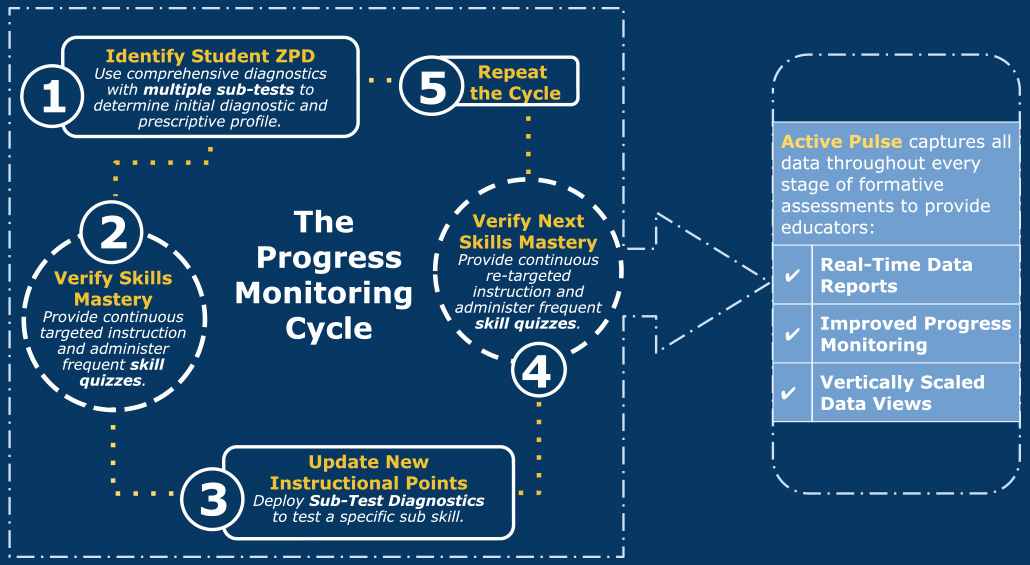
LGL & Special Education: Legal & Academic Requirements
| Compliance Requirements | LGL Features | Teacher & Student Benefits |
|---|---|---|
| Baseline data and identification of present levels (PLAAFP) for IEPs | DOMA and DORA determine baseline data in vertically-scaled, grade-level-scored dataset. | Sets baselines score as starting point. Qualitative data feeds IEPs and all tiers of intervention. Estimated 50% decrease in IEP writing time. |
| Easy goal setting and measuring of progress towards annual goals | LGL’s Formative Assessments include automated quizzes and single-topic diagnostics that feed into the baseline dataset. | Easy targeting of gaps. Parents, teachers, and students have evidence of growth. Teachers know to adjust instruction if there is lack of progress. |
| Special education services must provide quarterly and annual standards-based compliance testing data | Data management system provides one-click, realtime progress monitoring to ensure systematic progress. | Growth in absolute grade-level-scores; easy to read; easy to run reports. |
LGL & MTSS/RTI Processes: Supporting Best Practices
| Process Requirements | LGL Features | Teacher & Student Benefits |
|---|---|---|
| Diagnostic assessment of all students in Tiers 1, 2, or 3 | DOMA and DORA provide both screening and diagnostic data. Reports sort into whole group, small group, and data-driven intense individualization. | Scalable manner to collect diagnostic data; Supports different intervention models; Targets gaps. |
| Accelerated achievement gains | Features built-in instruction linked to initial diagnostic data and data-driven approach that self-adjusts with progress monitoring. | Improves effectiveness of classroom teachers. |
| Progress monitoring | Weekly or biweekly assessments; Tests skills; Adaptive tests measure individual scope and sequenced sub-skills. | Turnkey progress monitoring. Supports informed decisions with early opportunity to adjust if intervention is not working. |
LGL & Pandemic Unfinished Learning: Grade-Level Focus
| Process Requirements | LGL Features | Teacher & Student Benefits |
|---|---|---|
| Identify academic goals and learning gaps | Full diagnostic range for each student: K-12 in reading and K-9 in math. | Mastery, current level, and rate of learning informed by real-time data. |
| Provide rapid intervention at the start of the year | Online curriculum ELA/Reading and math personalized programs; use at home or in-class. | Front-loaded intervention option at the start of the year. Intensive intervention for on-going program models. |
| Progress monitor to ensure that gaps are closed with progress over time | Short quizzes and tests feed into the same baseline data set for faster and easier monitoring. | Easy to use for teachers. Accelerated learning for students. |
The Power of Technology & Research-Based Assessments
“In 2000, Let’s Go Learn rolled out one of the first standards-based, computer-adaptive diagnostic assessments in reading and math: DORA and ADAM.
In 2020, we added an automated formative assessment process: standards-based skills quizzes, single-topic diagnostics, and Active Pulse* progress monitoring.”

—Richard Capone
CEO and Co-founder
*Our data management system provides real-time progress monitoring because all data is in the same vertically aligned data-set.
Common Questions
What is formative assessment?
CCSSO Updates Formative Assessment Definition
Always at the forefront, we’ve updated our system to match CCSSO’s rethinking of formative assessment as a collaboration process for teaching and learning.
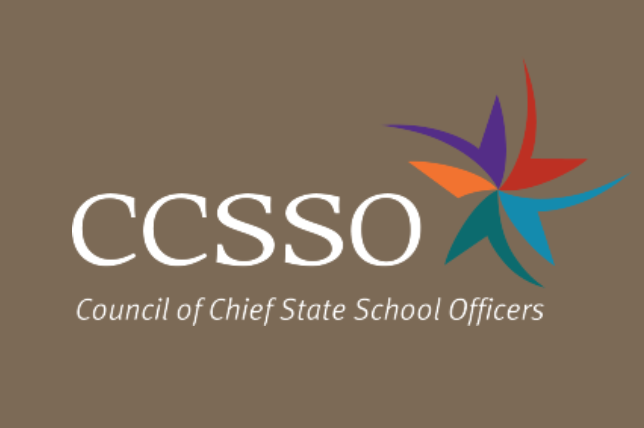
“Formative assessment is a planned, ongoing process used by all students and teachers during learning and teaching to elicit and use evidence of student learning to improve student understanding of intended disciplinary learning outcomes and support students to become self-directed learners.”
—”Revising the Definition of Formative Assessment”, CCSSO, June 2021
Do you have an instructional component that works with your assessment process?
LGL Math Edge and ELA/Reading Edge provide instruction automatically driven by assessment data.
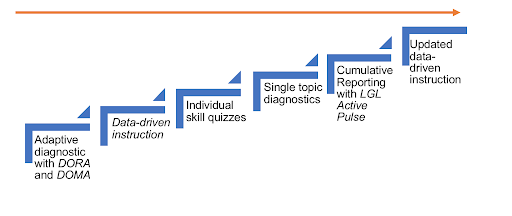
How does LGL’s formative process work with the equity goal of our school’s MTSS process?
Our Formative Assessment Process Ensures Equity
- Builds on assessments that find students’ true instructional points irrespective of their grade-level
- Correlated to learning standards
- Single vertically scaled dataset
- Easily integrated into any instructional program
- Immediate evidence of student learning
- Quick delivery of teacher feedback
- Teacher-initiated assessments with content-aligned items

Can you recommend resources for learning more about formative assessment?
There are a number of educational and medical articles that are helpful in developing a rich understanding of formative assessment.
- W. James Popham, Formative Assessment: Why, What, and Whether. 2008. http://www.ascd.org/publications/books/108018/chapters/Formative-Assessment@-Why,-What,-and-Whether.aspx
- Dylan Wiliam & Kathleen Scalise, Formative Assessment and Remote Teaching: Evidence and Feedback, 2021. https://docs.google.com/document/d/105OsH-BpLMwZCQOvw1MVY2XAbWDfHM5h_E-cNjUyLPI/edit#
- Council of Chief State School Officers, Revising the Definition of Formative Assessment, 2021. https://ccsso.org/resource-library/revising-definition-formative-assessment



